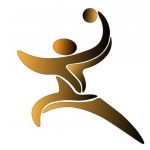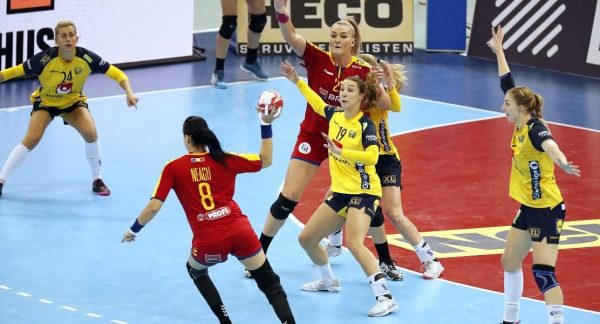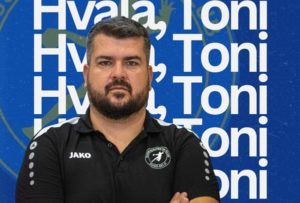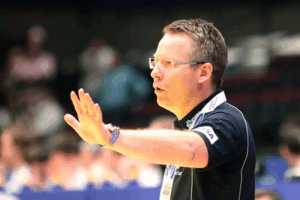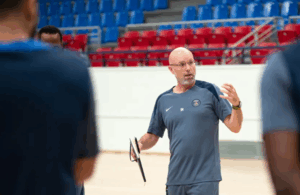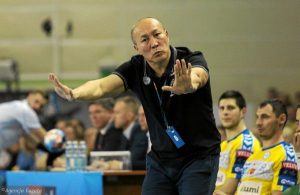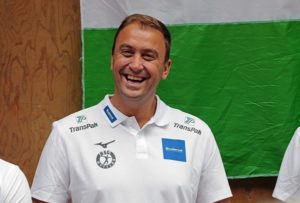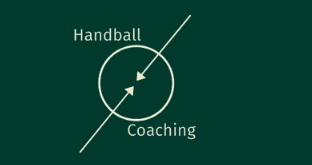The IHF Working Group on Game Development and Rules (GRDWG) exists to continuously develop and improve the IHF Rules of the Game, with the aim of making handball more attractive.
Ideas are constantly being discussed between GRDWG and the IHF Coaching and Methods Commission (CCM), as well as with other integrated handball parts around the world – top coaches, players and referees.
With this in mind, the IHF organized a mutual meeting of the two commissions (ICM) in November 2018 to hear different expert opinions – presidents of continental confederations and national federations, top coaches, top judges, IHF commission members, marketing experts, TV and the media – as well as representatives of the International Basketball Federation (FIBA) – on how handball can be further developed as a sport.
Many ideas were collected, including those relating to future IHF rules of the game, and following the ICM, GRDWG prepared the proposed amendments to three rules:
Passive play (related to rule 7:12)
Reduce the maximum number of passes of an attacking team from six (6) to four (4) after a warning signal is displayed before taking a free throw;
The pass counts if the throw is blocked by a defensive player and the ball is returned to the attacking player. If the attacking team is assigned a formal throw (free throw or throw-in) after the completion of the fourth (4th) pass, they may play an additional pass to complete the attack.
Hitting the goalkeeper with the ball in the head (related to the rules 8: 8, 8: 9)
Direct two-minute suspension (instead of a red card), when the shooter hits the goalkeeper in the head with the ball while taking a seven-meter throw;
Direct suspension of two minutes if the shooter hits the ball in the head of the goalkeeper in the game (not just a formal throw);
Exceptions include situations where the kick comes from a player unbalanced due to a foul committed on him by a defensive player or in the case of an indirect kick (i.e., a ball bounced by a defensive player).
New initial throw (related to rules 10, 10: 3, 10: 4)
Introduce a failure zone;
Three different sizes (meters – diameter) to be tested: 3.5 m, 4 m, 4.5 m.
These proposed amendments were discussed with the top coaches of the national teams last January at the men’s continental championships in Africa, Asia and South and Central America, in tandem with the top European coaches of teams and clubs on an individual basis.
The response to the proposed amendments was unanimously positive, and the next step in the transparent process is the organization of tests in practice through the National Federations, under the supervision of GRDWG.
10 national federations were selected to participate in the official testing process from four continental confederations:
Africa (CAHB): Egypt
Asia (AHF): Qatar, Republic of Korea
South and Central America (SCAHC): Uruguay
Europe (EHF): Netherlands, Norway, Denmark, France, Spain, Hungary
„In many countries, the situation with COVID-19 complicates the normal running of leagues, so we have to adapt to this new reality and cooperate with all national federations, but, as it stands now, the Netherlands, Hungary, Norway and France are ready to start testing through their various national competitions and tournaments, and Spain, Denmark, Egypt and Korea will be ready in the near future, ”Ramón Gallego, chairman of the IHF Rules and Trials Commission (PRC), told ihf.info.
“There is no need to test the rules in the top leagues in every federation,” he added. „It could be conducted in another league or a lower, junior league or in tournaments.“
Once the tests are completed, GRDWG will analyze all feedback received and make final decisions on the amendments, which will then be proposed to the IHF Council for approval and then submitted for approval to the IHF 2021 Congress, and if approved , come into force in July 2022.
The proposed amendments were also on the agenda of the meeting of the IHF and the best coaches on October 15, 2020, and the IHF judges Julie Bonaventura (FRA), Robert Schulze (GER), Mirza Kurtagić (SWE), Boris Milošević (CRO) and Angel Sabroso (ESP) also participated in the process, as well as on the agenda of a meeting of the IHF and top states at the end of the month. After these meetings, the testing phase will begin.
